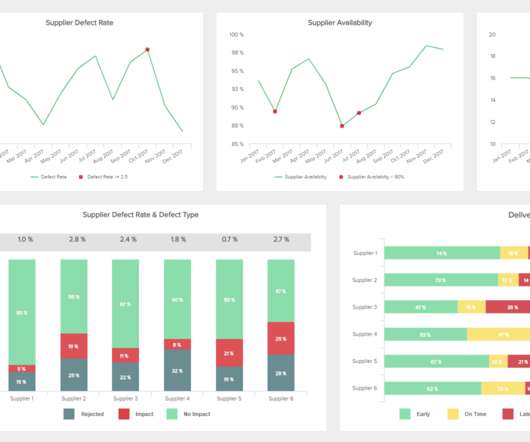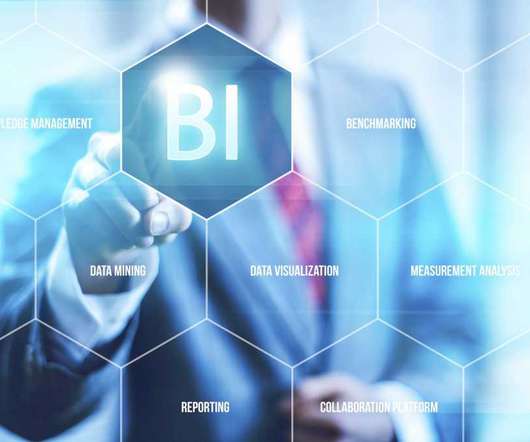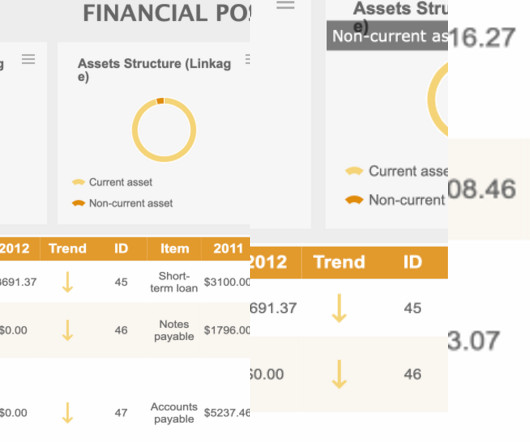What Is The Difference Between Business Intelligence And Analytics?
datapine
MARCH 25, 2022
It seems clear that there isn’t one standard “correct” definition of the differences between the two terms. The most straightforward and useful difference between business intelligence and data analytics boils down to two factors: What direction in time are we facing; the past or the future? Definition: description vs prediction.



















Let's personalize your content